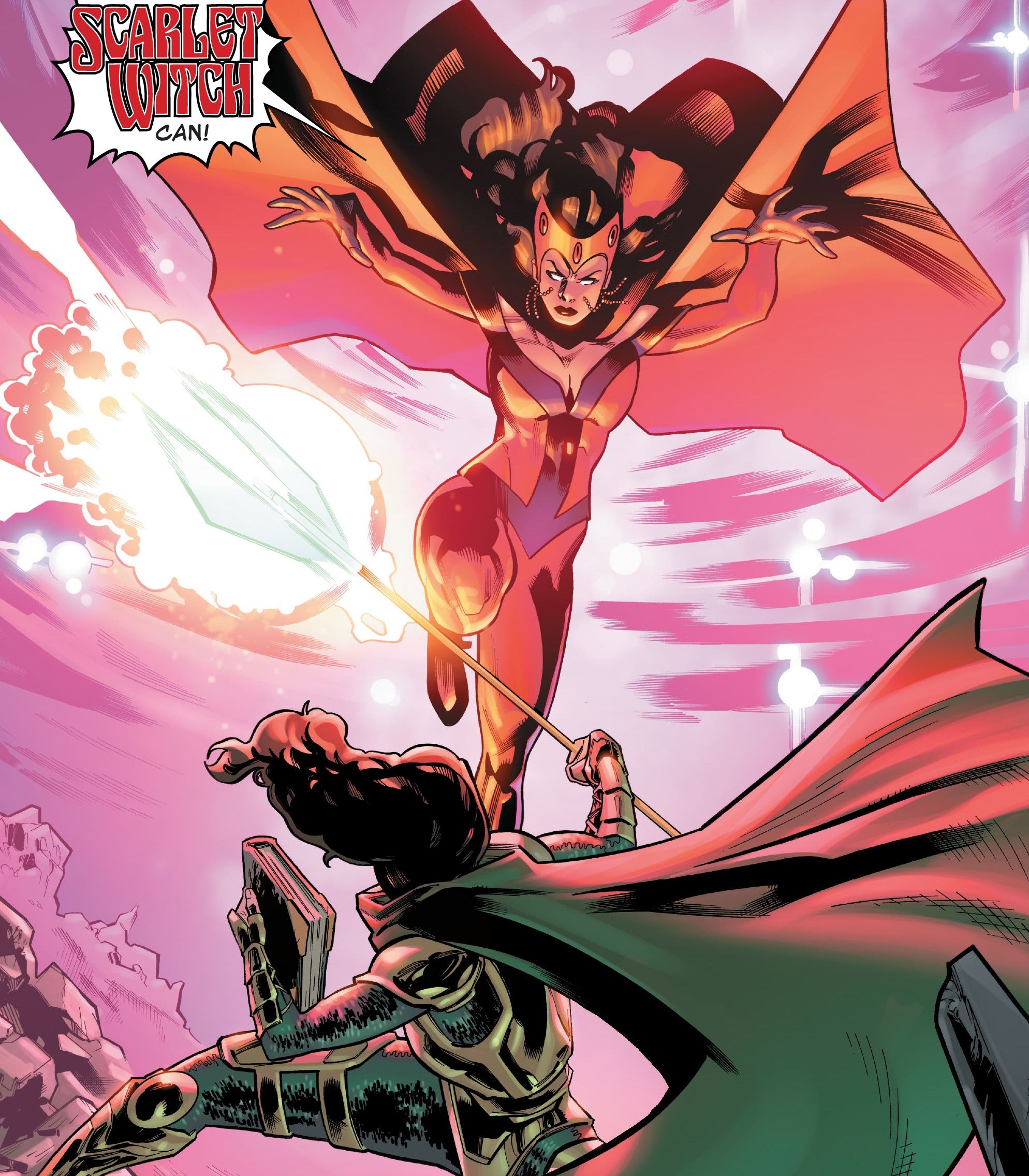In both Marvel and DC Comics, the cape is the most visible symbol of the superhero. For over 80 years (ever since the introduction of Superman in Action Comics #1), capes have graced the shoulders of comic book characters; as ridiculous and as gaudy as they may appear to a modern reader's fashion sensibilities, no hero who was first introduced with a cape has been able to shed it entirely. The reasons for the cape's introduction and persistence through comic book history are fascinating, but unfortunately, what was once ubiquitous is now passé, and superheroes created in the 80s and beyond usually lack the most identifiable element of a superhero costume.
All characters (and their outfits) are products of their time, and Superman was no exception. Created in 1938, Superman's classic red and blue costume was modeled after circus strongmen of the 20s and 30s; these weightlifting entertainers wore bright primary colors to stand out in a crowd, tight clothes to showcase their muscles, and occasionally capes to appear even more broad-shouldered and visible. But the reasons for capes in comics didn't originate solely from a circus tent.
Imprecise printing methods of the 30s and 40s meant artists couldn't rely on details or complicated patterns to imply movement, and so when Superman took to the skies, his cape was the best indicator that the hero was flying and not simply appearing in thin air. A cape below Superman meant he was ascending; above him, descending. To this day, almost all heroes who wear capes in comics can fly, hover, or move with incredible speed. Thor, Vision, the Scarlet Witch and Storm all wear capes, and all of them have similar abilities when it comes to flight or movement.
Capes can also be used to conceal. Batman uses his cape to blend into the shadows, but he uses it for another reason as well: theatricality. Batman and many other characters know that capes were worn by the aristocracy in many cultures; capes thus imply power, wealth, royalty, and/or all three. It is no wonder, then, that villains such as Doctor Doom, Magneto and Loki all wear capes - they think quite highly of themselves and consider themselves to be highly influential and powerful. Capes can also create an aura of mystery, and thus are used quite frequently by the sorcerers and illusionists of comics. Doctor Strange and Mysterio are two notable magic users for whom the cape is a key element of their ensemble.
Unfortunately, aside from villains and the aforementioned magicians, modern-day characters eschew capes in favor of a suit better suited for battle (the famous "No capes!" moment in The Incredibles film was inserted just to show how impractical wearing a cape can be for a superhero). Especially in the 90s, capes were considered an element of the past and thus were mostly avoided by the edgier antiheroes of the decade. But capes are timeless, both in Marvel and DC comics; the 90s antiheroes fell out of favor quickly, while Superman, Batman, Thor and the others still proudly wear their capes today.


